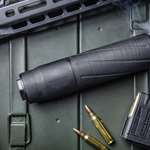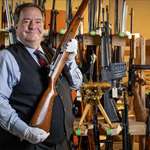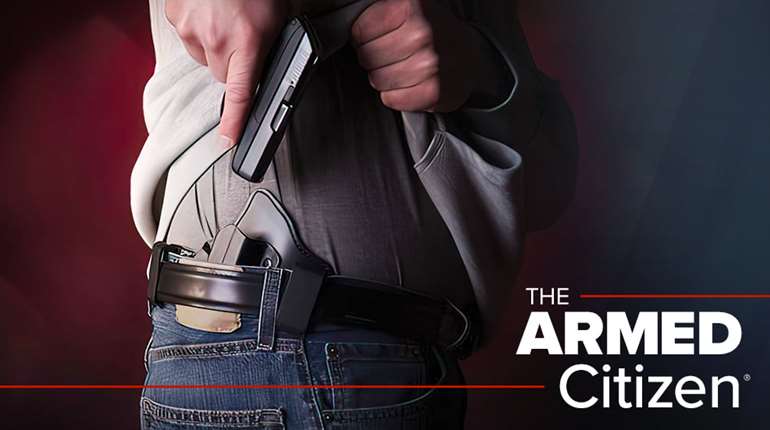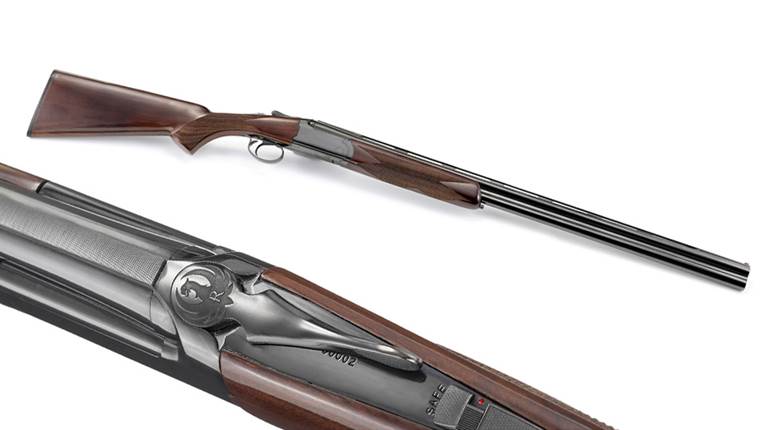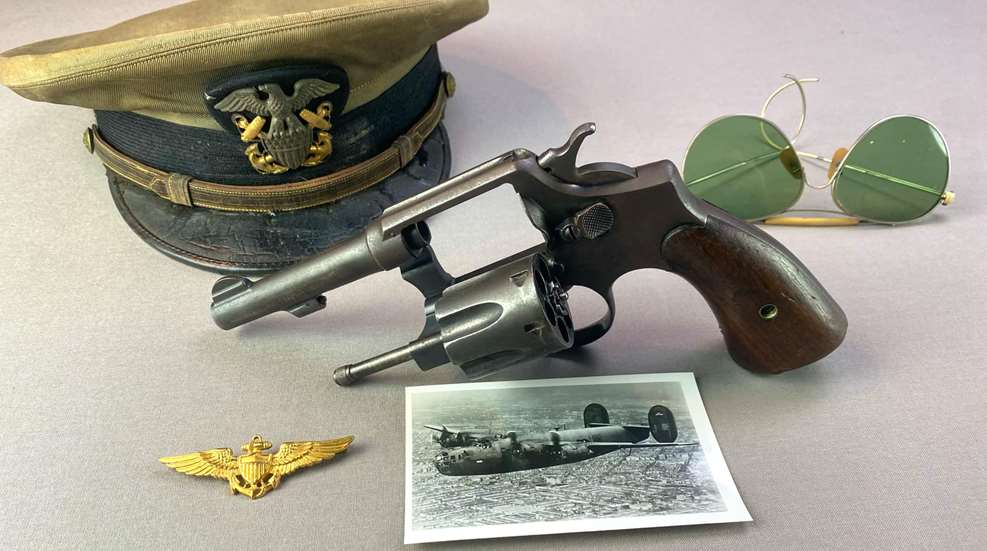
Firearm enthusiasts have always held a special place in their hearts for the American revolver, and the Smith & Wesson Victory model is among these examples. It has found fans both during its service life and its post-service life, finding admiration from collectors worldwide. Its .38 Special or .38 S&W (British contract) chambering has been found to have very agreeable ballistics and accuracy coupled with ergonomics. The lightweight design and smooth trigger quickly became appreciated by service members for being well-designed.
Initial plans did not involve deploying the Victory revolver in combat zones during the Second World War, but a second evaluation of the revolver found be a convenient design in combat zones despite requiring more logistics to support it. The U.S. Navy would eventually reserve them for the nearly exclusive use of aircrew members. The Navy would purchase 65,000 revolvers directly from Smith & Wesson. It would subsequently go to Army Ordnance channels for additional requirements.
The history of the adoption and overall usage of the Smith & Wesson Victory model can be found already covered by American Rifleman in Bruce Canfield's article, "V Is For Victory: The Smith & Wesson Victory Model Revolver," which you can read here. The scope of this article is to address the individual service usage of one particular Victory revolver, with that revolver's serial number being linked directly to primary source documentation obtained at the National Archives. So this article will only cover the basics of the model before diving into its unique history.
Technical Specifications
Serial No.: V248952
Action: double-action, centerfire revolver
Chambering: .38 Special
Barrel Length: 4"
Cylinder Capacity: six-round
Finish: Parkerized
Stocks: smooth walnut
Weight: 2.125lbs
Muzzle Velocity: 1,000 f.p.s.
Other: U.S. Property stamp worn away
The Primary Sources Linked To Serial No. 248,952
In a memorandum from the Supply Officer of United States Pacific Fleet Air Photographic Squadron Three to the Chief of the Bureau of Ordnance (Navy), eight .38-cal. revolvers were jettisoned from PB4Y-1 BuNo. 32011, Serial No. 248,952 being among them. This report was obtained from the U.S. Navy Bureau of Ordnance records located at the National Archives (Archives II) in College Park, Md. The document is dated April 28, 1944.
This provides purchase points for this revolver. In this case, the term “purchase point” is not meant for buying. It is meant in the sense one uses a tool, such as a pry bar, to gain advantageous footing before it can do work such as lifting. In this case, we're learning some of the basic information needed to tell this particular revolver's story. From this document, we gain insight into the following.
- It was used in the Pacific Theater of Operations (PTO) during World War II.
- The revolver was assigned and used by U.S. Navy Photographic Squadron Three (VD-3).
- It was reported jettisoned before April 28, 1944.
- It was jettisoned from PB4Y-1 BuNo. 32011.
Now that several parameters of the history of this Victory revolver can be established, a directed investigation can be initiated. Some questions need to be addressed to establish context and understanding of the primary source.
- What is a PB4Y-1 aircraft, and what is its purpose?
- What was the unit history, purpose and mission of VD-3?
- Why would the revolver be jettisoned?
- Was it involved in any noteworthy operations?
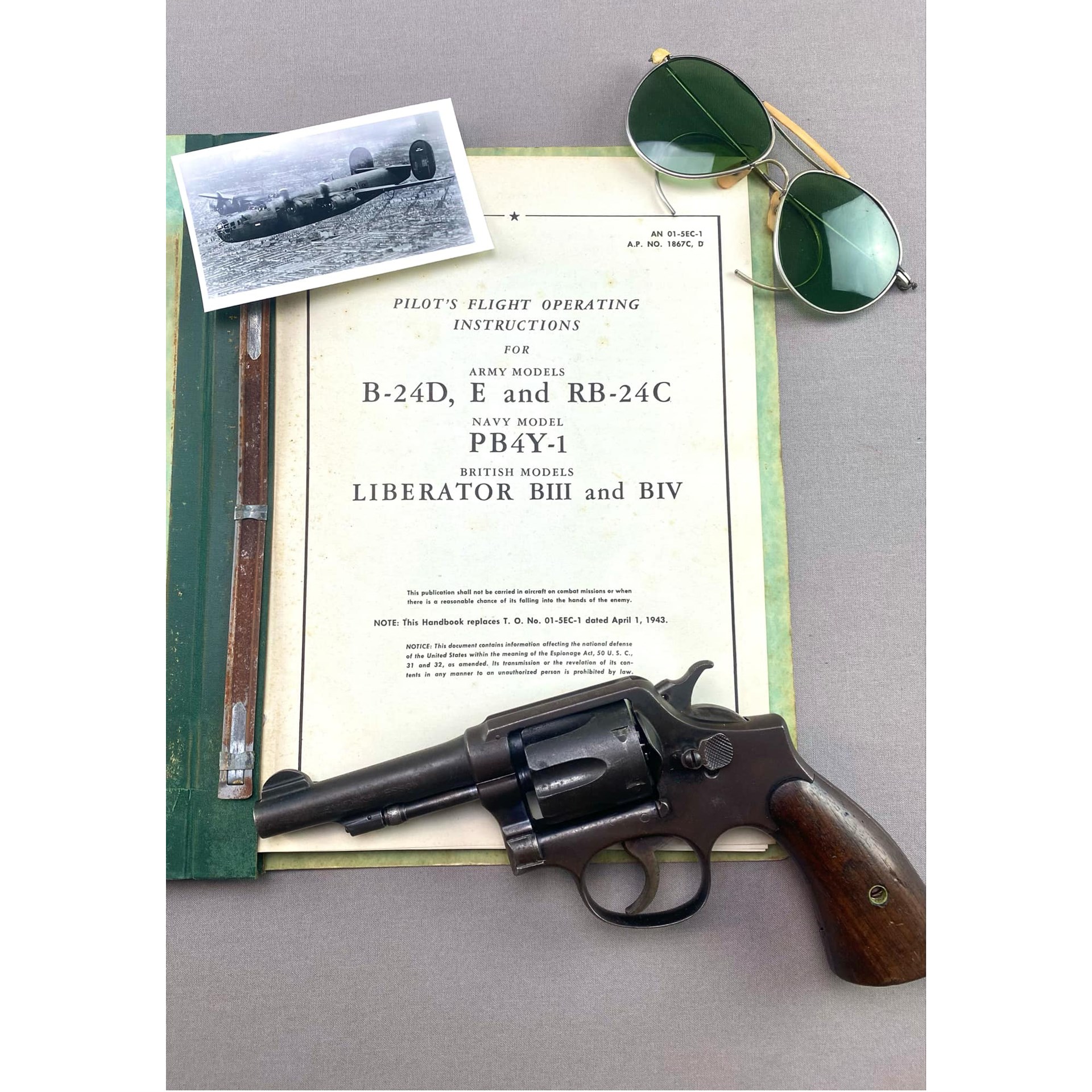
A PB4Y-1, Not A PBY
First and foremost, it should be noted that the aircraft in the paperwork is not what a reader would immediately think it is. The reader may see PB4Y-1 and immediately think of the PBY Catalina. That is understandable, as it’s a more widely known aircraft. The PBY Catalina was a twin-engine amphibious “flying boat” that was used extensively in the Pacific Theater during World War II. It was one of the most prolifically built and used aircraft of its class. It was used for anti-submarine warfare, patrol, reconnaissance, and search/rescue missions. But the PB4Y-1 is an entirely different aircraft type.
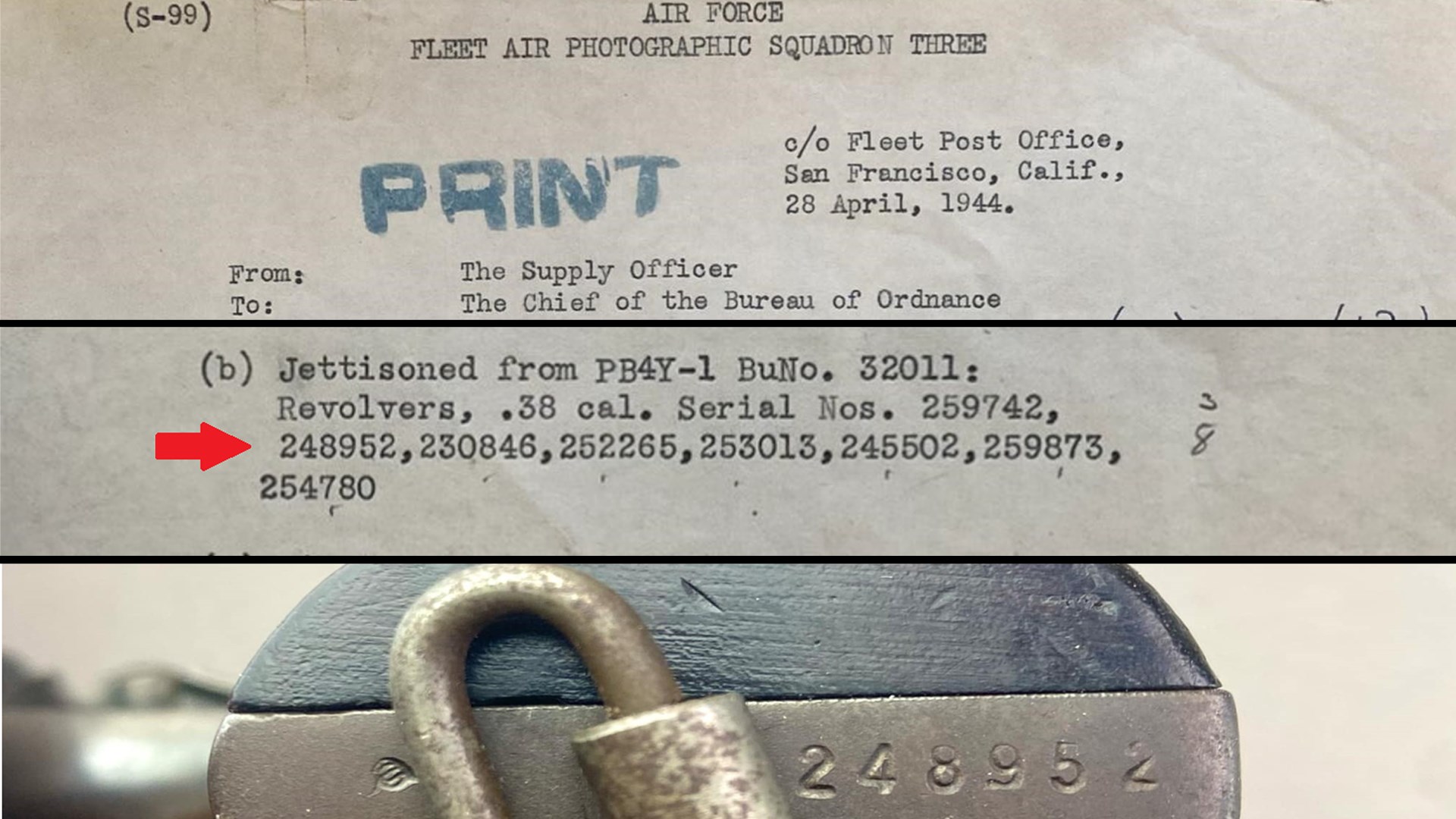
The PB4Y-1 is a variation of the B-24 Liberator. While versatile, the PBY had some limitations that the U.S. Navy wished to overcome for long-range missions, including patrol and photographic reconnaissance. The U.S. Navy decided to repurpose land-based bombers for these missions, giving them a longer range.
Brief History Of Photo Squadron Three (VD-3)
The document concerning Photo Squadron Three (VD-3) presented a challenge, as there was not much information readily available on that particular unit. However, the World War II War Diaries provided some info on this specific unit and its activities in the PTO during World War II. Photographic Squadron Three's primary mission was to obtain photographic reconnaissance of enemy areas in the PTO. VD-3 had eight specifically equipped planes for this purpose. It was made up of 46 officers and 285 enlisted personnel.
From July 1943 to May 1944, VD-3 was engaged in photographic aerial reconnaissance of the Marshall, Gilbert and Caroline Islands areas. It was the only unit engaged in that particular area of operations for its purpose. During the Tarawa, Apamama, Makin, Majuro, Kwajalein and Eniwetok operations, VD-3 was the only source of advanced intelligence for those invasions. It also provided photographic surveillance of enemy strength assessments on Wake, Truk and Nauru, among others. The intelligence it provided was invaluable for ground forces in planning invasions.
VD-3 encountered enemy fighters on 10 different occasions and had shot down 11 enemy planes, with an additional three likely shot down without confirmation, while only losing one plane and three additional aircrews being wounded. Although its primary mission was to obtain photographic reconnaissance of the enemy, it did carry bomb loads to attack the enemy (as a secondary objective) when it did not detract from its primary mission (taking photographs).
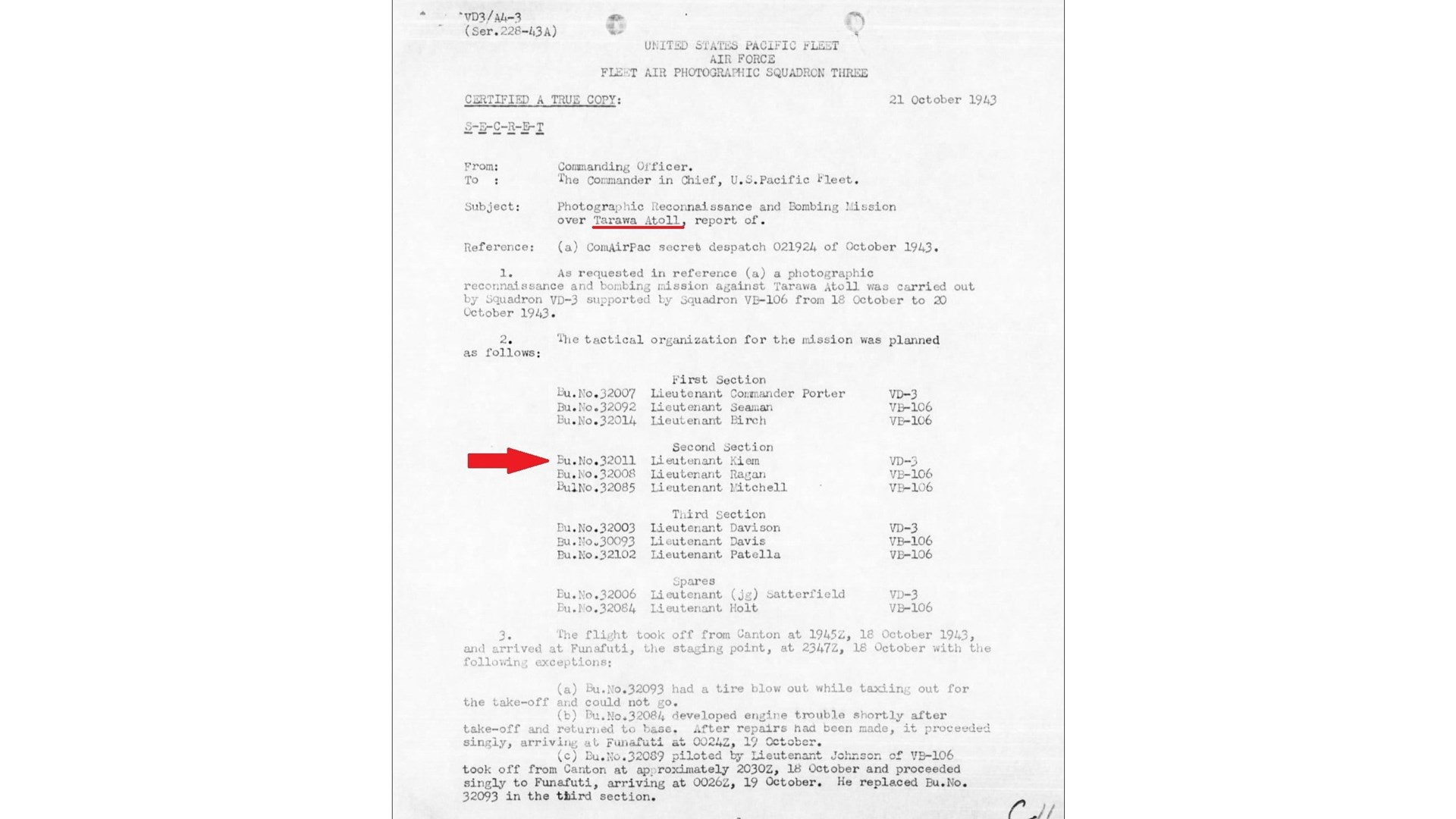
What made VD-3 different from its counterparts of aircraft units performing patrol or reconnaissance is its self-sustaining structure due to its operating from advanced positions in the Pacific. This included having its own fully operational photographic laboratory. The personnel of VD-3 were also decorated numerous times, and four officers were awarded the Distinguished Flying Cross (DFC). One of those officers, Lt. Loys M. Satterfield, was awarded the DFC twice. In contrast, the rest of the squadron would be awarded numerous Air medals, the Commendation Ribbon and the Purple Heart. This was a unit that did not sit idle when important work was to be done.
Why Would The Revolver Be Jettisoned?
Understanding why this particular revolver was "jettisoned" proved to be one of the most problematic questions to answer. Reviewing the War Diaries for BuNo. 32011, we examined any potential problems the aircraft may have encountered, looking for instances of the following:
- Forced landing due to some in-flight emergency
- Enemy fire damages an engine, fuel tank, or critical components
- Becoming lost and attempting to maximize range and minimize fuel consumption (reducing weight)
Examining these records did not limit other possibilities outside of these three circumstances; they are merely examples that could help explain an in-flight problem. For example, the crew might want to reduce weight, which reduces fuel consumption and maximizes the aircraft's range. However, when reviewing the records, BuNo. 32011 reported no such emergencies while on mission were reported (whether operational or training). It reported taking no serious enemy fire, malfunctions or problems such as being lost while airborne.
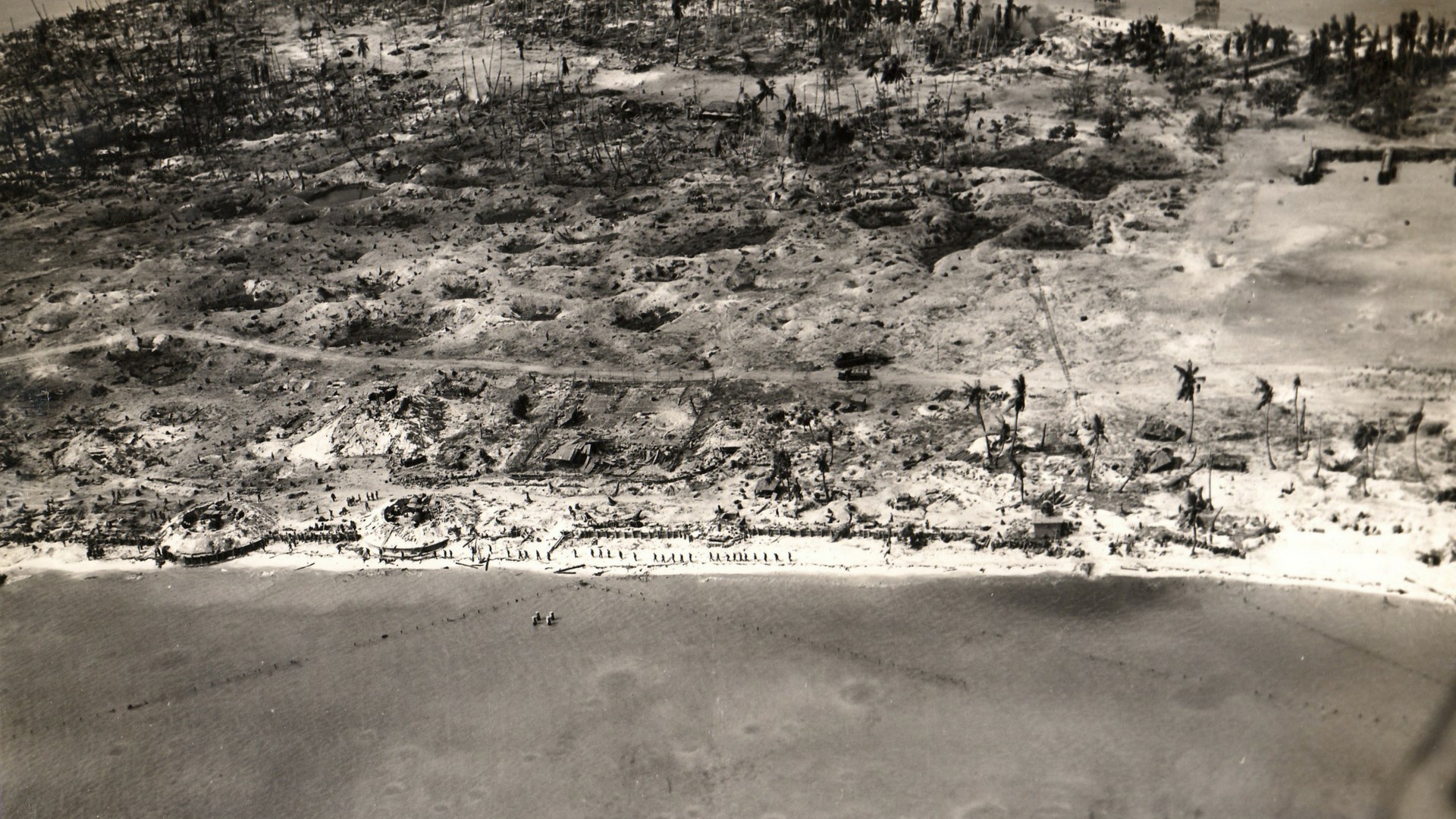
Unfortunately, the valid reason why these revolvers were "jettisoned" is still unknown and may be lost to time. Still, it's probable that there may be a simple, straightforward explanation. It's possible the aircrew encountered some minor problems, and they wished to keep the revolvers. This pure speculation, as no documentation trail exists on this outcome. Theft of government property was a rampant problem during the course of the war, and this is documented in numerous other instances.
This is not the first time the author has encountered a piece of government property that has been reported missing, only to have it surface decades and, in some cases, a century later in the hands of a collector. It's possible the air crew may have encountered a minor issue and opted to jettison unnecessary weight, and one of the aircrew members may have elected to keep his revolver. Sometimes, the most common explanation is the most likely: the aircrewman simply kept it. But one can never know, only speculate.
Was BuNo. 32011 Involved In Any Noteworthy Operations?
The history specifically to BuNo. 32011 begins October 1943. It is involved in several noteworthy aerial reconnaissance missions in the Pacific. Mainly, aerial work was performed over Tarawa before the invasion by the 2nd Marine Division. Some of the most notable photographic and bombing missions include the following:
- Tarawa Atoll – October 1943
- Nauru Island – November 1943
- Nauru Island – December 1943
- Ujae Atoll – January 1944
- Kwajalein Atoll – February 1944
- Wotje Atoll – February 1944
- Majuro Atoll – February 1944
While VD-3 took part in reconnaissance surveillance and token bombing in addition to Tarawa, such as Makin Atoll and Guam, the war diaries only concretely named BuNo. 32011 participating in recon surveillance of Tarawa Atoll before the invasion by the Marines. However, this evidence does show that this aircraft was actively providing the necessary aerial intelligence for the Marines and the U.S. Army to provide a more systematic approach to taking the island.
Conclusion
Every collector, historian or curator shares an avid love of history. Being able to link an artifact to a significant point in history is an ongoing struggle to connect tangible pieces of our past. Victory revolvers have been admired by both military personnel who were issued it as a sidearm and collectors and historians in the modern era, even without knowing its exact service history. However, in the case of Serial No. 248,952, one can connect it to a specific point in U.S. history and a significant one. This revolver was issued to a B-24 converted from a land-based bomber to a land-based photo-reconnaissance aircraft. Instead of dropping heavy ordnance on targets, it would be attached to an aircraft, providing crucial intelligence on enemy strength, locations and topography before a major offensive.
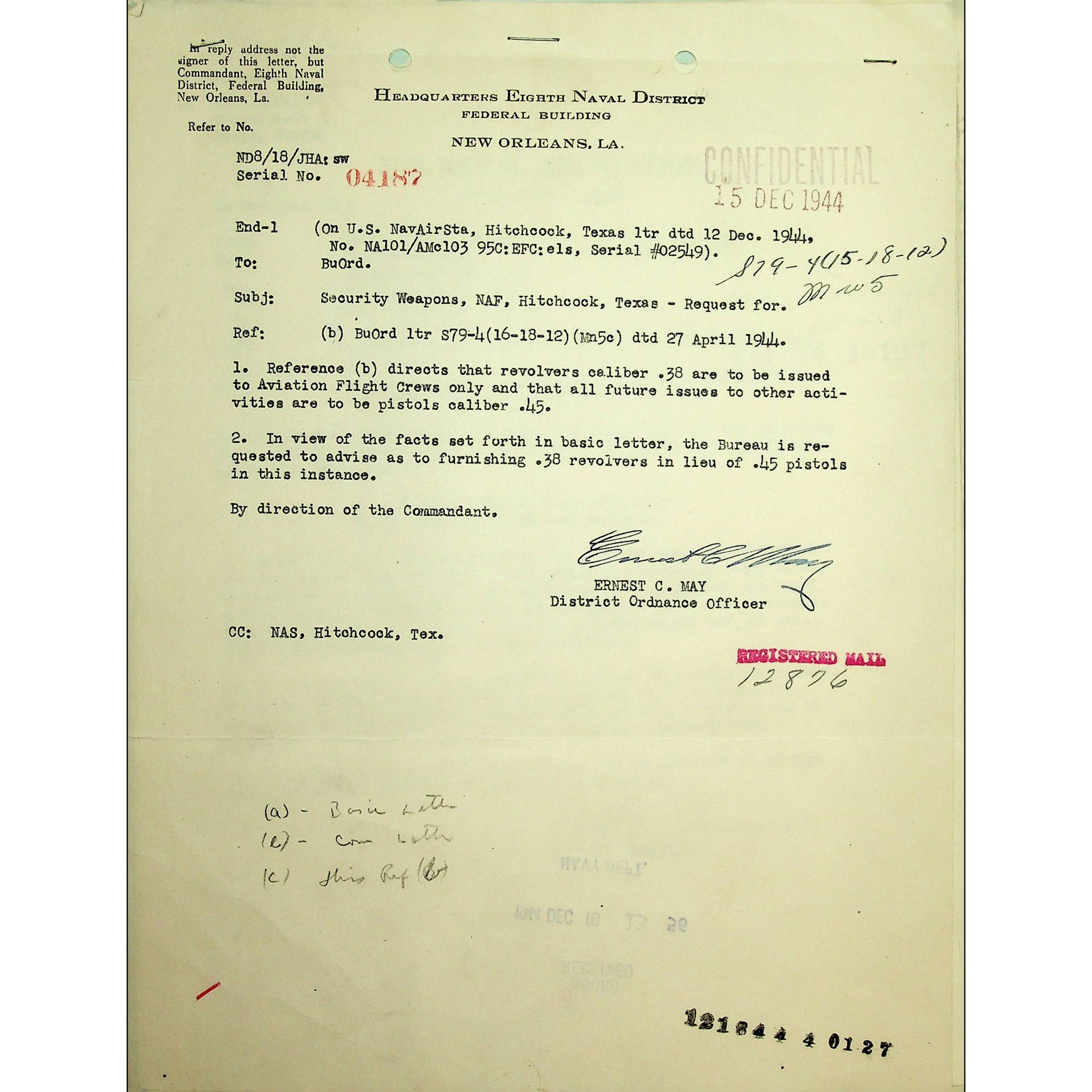
Two things come to mind when considering this notion. First, Sun Tzu's Art of War states that there are five factors of successful military operations: the way, the weather, the terrain, the leadership and discipline. And during the battle of Tarawa, Rear Admiral Keiji Shibazaki famously stated, “It would take a million men and 100 years to conquer the island.”
When addressing the first point, accurate knowledge of the terrain you are fighting on helps provide more detailed tactical and strategic awareness before engaging in combat. Aerial reconnaissance would be crucial in this. Armed with this information, it didn't require 1 million men and 100 years to take Tarawa; the Marines took it in just over 76 hours. Neither of these concepts would be possible or successful without the unsung heroes performing the work of aerial reconnaissance and giving our personnel on the ground the necessary intel to deliver victory.
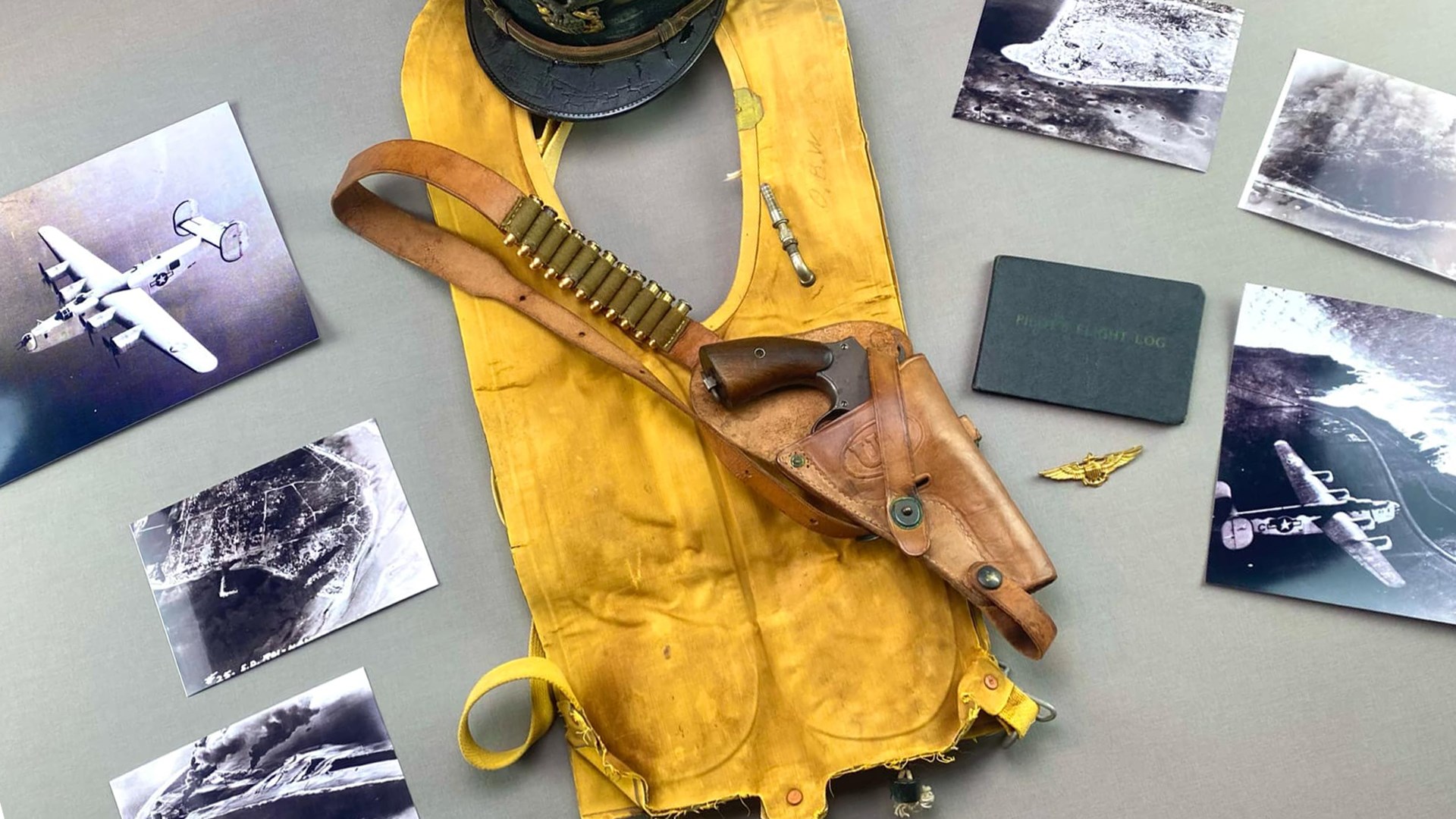
The author would like to express his gratitude to the following individuals for their collective efforts in this article: Peter DuBaldo, Lars Erik, Y. Gill and Brian Kouba U.S. Army (retired).












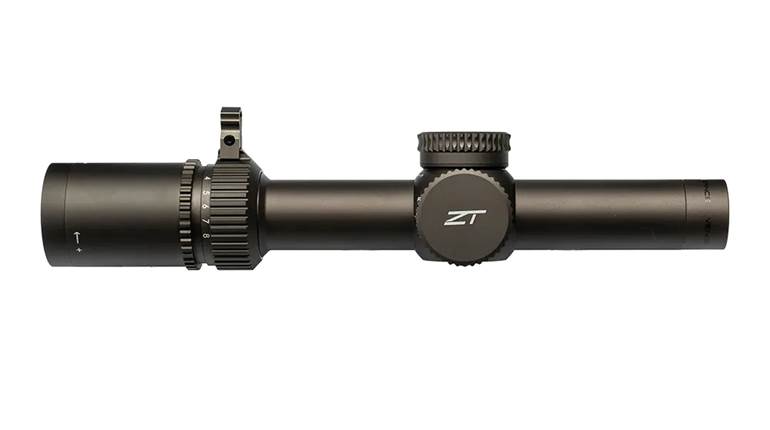

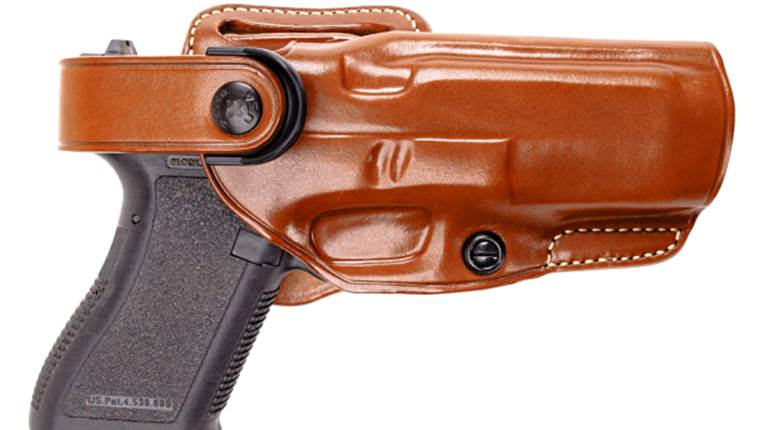

![Winchester Comm[94]](/media/1mleusmd/winchester-comm-94.jpg?anchor=center&mode=crop&width=770&height=430&rnd=134090756537800000&quality=60)
![Winchester Comm[94]](/media/1mleusmd/winchester-comm-94.jpg?anchor=center&mode=crop&width=150&height=150&rnd=134090756537800000&quality=60)

